Different types of CBD
CBD has been very popular for a long time, but it's never too late to find out what all the fuss is about. If you don't know much about CBD, it can be hard to know where to start. CBD comes in many different forms, and each type has its own. If you don't know what to look for, it might not be clear what the pros and cons of each type and form of CBD are.
Before you start using CBD, you need to figure out what type and form will work best for you. Here's what you need to know about the differences to figure out which one will work best for your goals and lifestyle.
Estimated reading time: 15 minutes
- What's CBD?
- What's the point of CBD?
- How Many Different Types of CBD Are There?
- What is the best type of CBD?
- How does CBD get into the body?
- How can I make it so that my CBD is more bioavailable?
- What are the different kinds of CBD products?
- How do I know if the CBD I'm buying is good?
- The Right CBD Dosage
- FAQ – Different types of CBD
What's CBD?
Cannabidiol is what CBD stands for. Cannabidiol is a cannabinoid, and cannabinoids come from cannabis. Say that three times quickly.
There are more than 100 different cannabinoids that happen to be found in nature. Each one serves a different purpose in the cannabis plant, and each one could affect your body in a different way. CBD is the most popular cannabinoid in the health and wellness world.
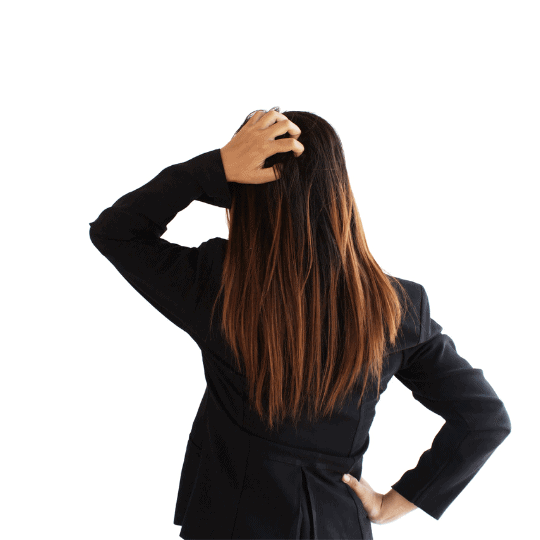
What's the point of CBD?
Your body is made to make cannabinoids and use them. An endocannabinoid system is a group of receptors found in the bodies of both people and animals. Researchers haven't been able to figure out how it works in detail, but they do know a few things for sure.
CB1 and CB2 are the names of at least two different kinds of cannabinoid receptors. Cannabinoid receptors may come in as many as five different types. Cannabinoids can interact with a lot of different receptors in the body, not just the ones that are made for cannabinoids.
Your body makes its own cannabinoids, called endocannabinoids, to help this system work (aka endogenous cannabinoids). The process moves really fast, and it's hard to know when it will happen. Researchers find it hard to catch the process in action because it is hard to predict what will happen. They don't know exactly how much of each cannabinoid your body makes or how it uses them. It all happens in the blink of an eye, so they don't know.
The receptors in the endocannabinoid system can interact with cannabinoids like CBD. When they do, they cause the system to do things that are helpful.
The endocannabinoid system helps in a wide range of ways because it is in almost every part of your body. Every part of your body, from your brain to your skin to your gut, has receptors. Your immune system, your white blood cells, and even your reproductive system all have cannabinoid receptors.
When people talk about how good CBD is for you, they are not making things up. CBD can work with your body's endocannabinoid system to improve your overall health and help your body do the best job it can of doing what it's supposed to do.
How Many Different Types of CBD Are There?
The first thing you need to do to choose a CBD product that will work for you is to decide what kind of CBD you want to use. CBD comes in three main types, each of which can be found in many different forms. All three types of CBD oil still have health benefits, but they do so in different ways.
Full-Spectrum CBD
Full-spectrum CBD is a very simple CBD product that is sometimes called “whole hemp extract.” The leafy and flowery parts of the cannabis plant are used to get all of the natural oils, fats, waxes, and cannabinoids, which are then left alone. Full-spectrum CBD is exactly how CBD is found in nature. It is just CBD that has been extracted from a plant.
Full-spectrum Hemp naturally makes a small amount of THC, which will also be in CBD. The entourage effect is a theory that says CBD might work better if it stays in the same place as these small amounts of THC. The two cannabinoids might work together to make CBD more effective.
Broad-Spectrum CBD
Full-spectrum CBD products are almost the same as broad-spectrum CBD products, but there is one big difference: all of the THC has been taken out of broad-spectrum CBD.
Someone might like broad-spectrum CBD better than full-spectrum CBD for two reasons.
The first reason is easy to understand: you don't have to use products with even small amounts of THC if you don't want to. Broad-spectrum takes THC out of the equation without taking out the other good compounds from the plant.
The second reason is that you can't use THC-based products. If your job doesn't let you use THC products or if you're an athlete who has to follow certain rules, you might not be able to use full-spectrum CBD. With broad-spectrum CBD, you can get the benefits of CBD without having to worry about a positive drug test.
CBD Isolate
Isolate is the third type of CBD. It is a hemp extract that has been stripped of everything but the raw CBD. It does not contain THC. Raw CBD looks a lot like table salt or sugar. It is made up of tiny white crystals that usually come in a jar.
CBD isolate could be right for you if you don't care about the possible health benefits of other cannabinoids or if you need the peace of mind that comes from seeing nothing but CBD in the bottle.
Since CBD isolate comes in the form of dry crystals, you can't use it like other CBD products. You have to mix it with something, like a glass of water. Keep in mind that this form of CBD will have to be used in a certain way, and it may not be the best option for people who need something easier.
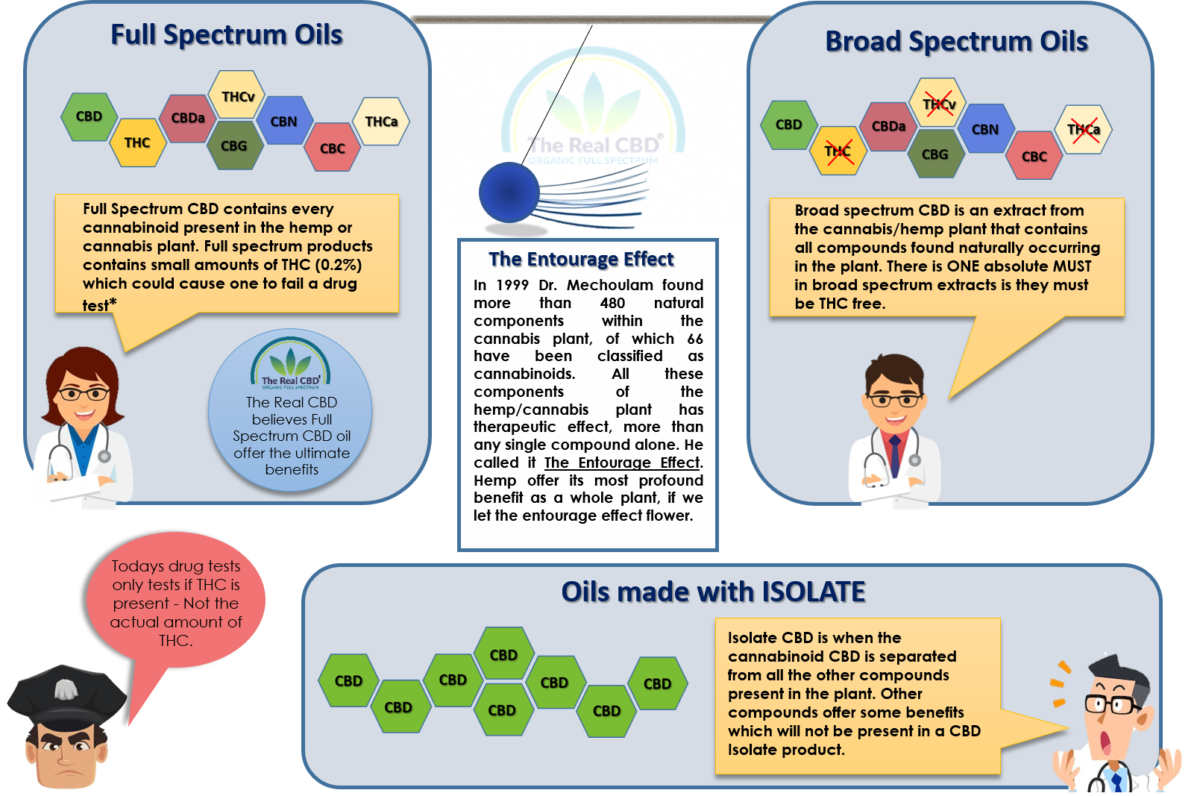
What is the best type of CBD?
The best kind of CBD is the kind you can use every day without feeling weird. Full-spectrum CBD might have some extra benefits, but broad-spectrum CBD is fine for people who don't want to use full-spectrum products. CBD isolate works well for people who don't mind having to make their CBD every day.
How does CBD get into the body?
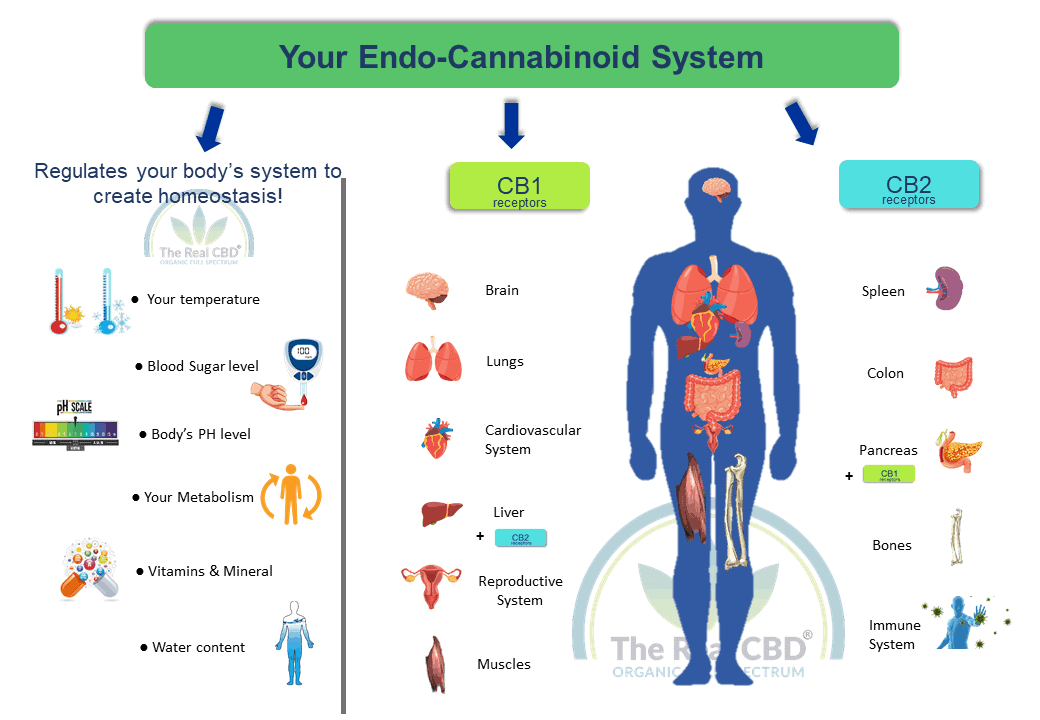
CBD is available in many different ways. All forms of CBD work to give your body the benefits it needs, but they do so in different ways.
Each type of CBD needs to be processed in a different way by your body. During this process, the bioavailability of your CBD may change.
Bioavailability means how well your body can use CBD. When you digest something, you do a little bit of damage to it. For instance, CBD that you eat may not be in its full form when it gets to your endocannabinoid system. The end result is a small drop in effectiveness.
This is fine. It happens when you eat or drink anything, even vitamins. If you've ever wondered why your multivitamin has 300% of your daily recommended value of something, it's because you tend to lose some of what you take in every day.
Reduced bioavailability isn't always a bad thing, but you should be aware of it.
How can I make it so that my CBD is more bioavailable?
The best way for your body to use cannabinoids is when they are digested with fat. CBD oil is so popular because the CBD in the bottle has already been mixed with fatty oil. If you are taking CBD in a different way, it can help to eat a small snack that is high in healthy fats at the same time. A healthy fat, like half an avocado or a handful of almonds, should be enough to help your body use CBD.
More from our blog:
What are the different kinds of CBD products?
All three types of CBD can be found in almost every kind of CBD product. There are CBD topicals with a wide range of effects and CBD isolates that can be eaten. Depending on the form of CBD you choose, you will use it differently, absorb it differently, and feel its effects at different times.
CBD Oil
CBD oil is the most common way that people use CBD. It comes in a dropper-shaped glass bottle. You put a drop or two under your tongue and hold it there for about a minute. The tissue under your tongue is soft and can soak up a lot of liquid.
The CBD from the drops will start to be absorbed by the tissue, bypassing your bloodstream and giving you an early start on CBD's benefits and effects. You swallow the leftover oil, which works the same way as CBD food.
CBD oil is popular because it works quickly and is the form of CBD that is most bioavailable. It gives the most consistent results, and it will start to work in 30 minutes. CBD oil is very trustworthy.
It also has a few bad things about it. CBD oil comes in a glass bottle, which makes it hard to transport, and the dropper makes it hard to use. CBD oil also tastes very much like the earth. If you don't like the way it tastes, you won't enjoy holding it in your mouth for a full minute.
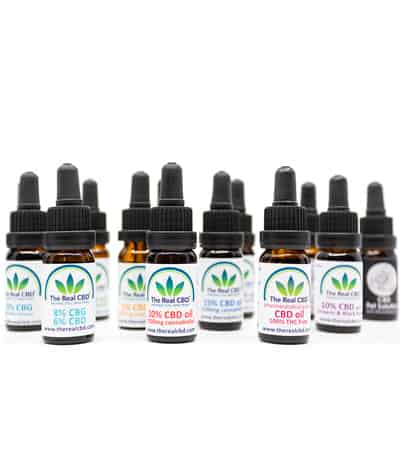
CBD Edibles
CBD edibles, like gummies, are snacks that have CBD added to them. So that the edible works, your body has to break it down. As your body breaks down the edible, it may lose some of its power.
This usually takes about an hour, but it can take up to two hours if you eat an edible CBD product when you're already full.
It's best to eat your CBD-infused food or drink about 30 minutes before a full meal. This will give your CBD a head start, so it won't have to compete with your breakfast in your digestive tract.
CBD edibles like gummies are popular because they completely hide the taste of CBD. They can taste like strawberries and cream instead of like dirt and nuts. They're also already measured out for easy dosing, and they're much easier to carry around than CBD which comes in glass bottles.
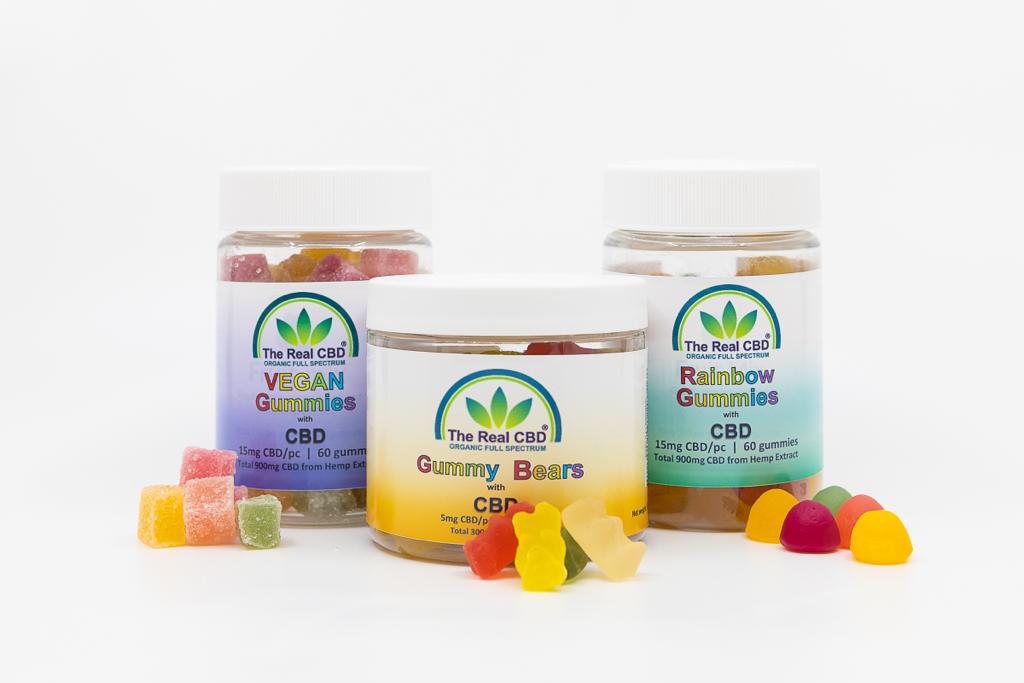
CBD Softgel Capsules
CBD soft gel capsules work the same way as CBD foods and drinks. They both have the benefit of being easy to carry around and easy to dose. Also, they won't taste like CBD oil because capsules don't have any taste.
CBD soft gel capsules are a good alternative to oil, but they may not be the best way to take CBD. CBD gummies are used because they are easy to chew and swallow. Most CBD softgel capsules are large. If you can't swallow pills well, they probably won't work for you.
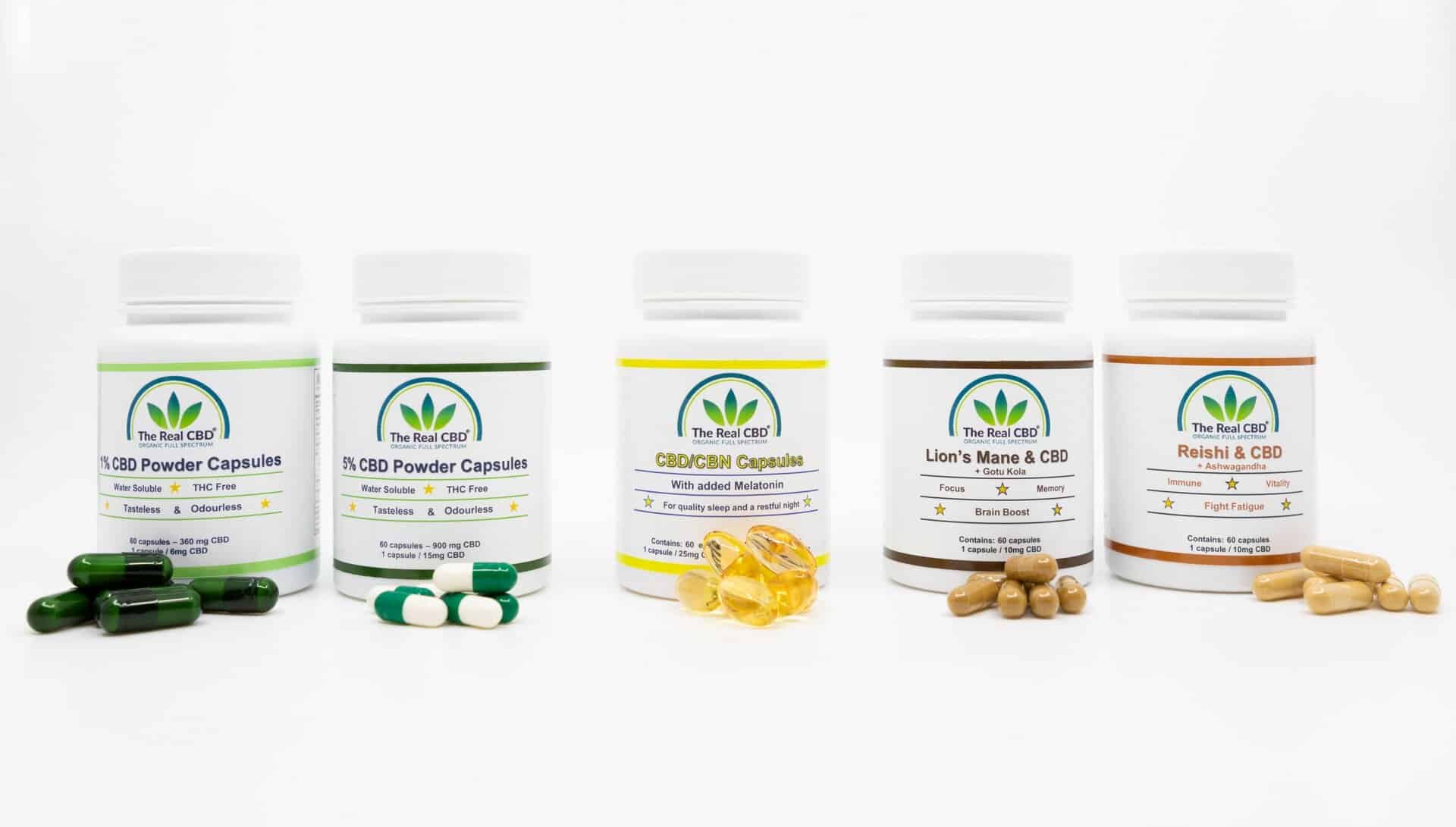
Topical CBD
CBD products that are put on the skin, like lotions, sprays, and balms, are on their own island. They help keep your skin healthy and relieve pain by working with the endocannabinoid receptors on the surface of your skin. They don't have the same benefits for your health as CBD oil or edibles.
CBD topicals help with pain in a specific area, while other forms of CBD help with pain all over. Combine them both after your next workout! It works out well for everyone.
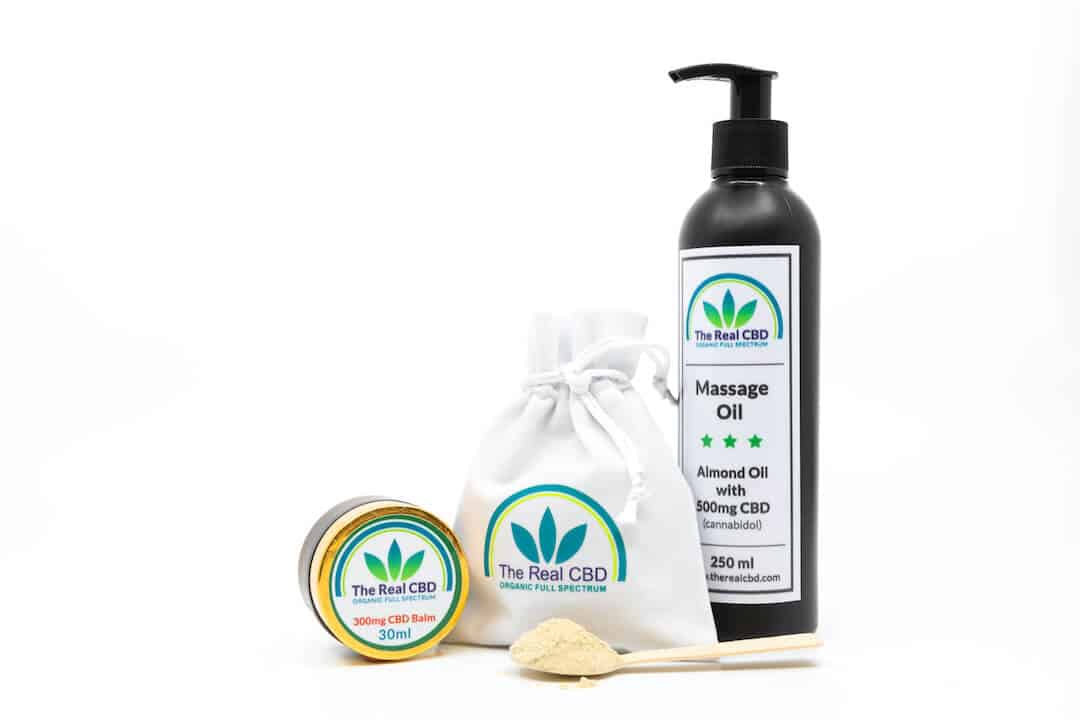
Crystals of CBD
True, you can only find crystalline CBD in the form of raw CBD isolate. It often comes in a glass jar with a screw-on lid. Isolate crystals could be used by people who only want to use CBD. Every other type of CBD usually has other cannabinoids or compounds from plants in it.
Since CBD isolate is all loose crystals, it can be hard to measure it right. To get the right dose, you need a very small dosing spoon. Then you'll need to add it to a drink or food. CBD isolate is easier for your body to process when you take it with a source of fat.
CBD isolate crystals are hard to work with, so they won't be the best choice for most people. There is no reason to use CBD isolate instead of something like broad-spectrum CBD, which is much easier to use.
How do I know if the CBD I'm buying is good?
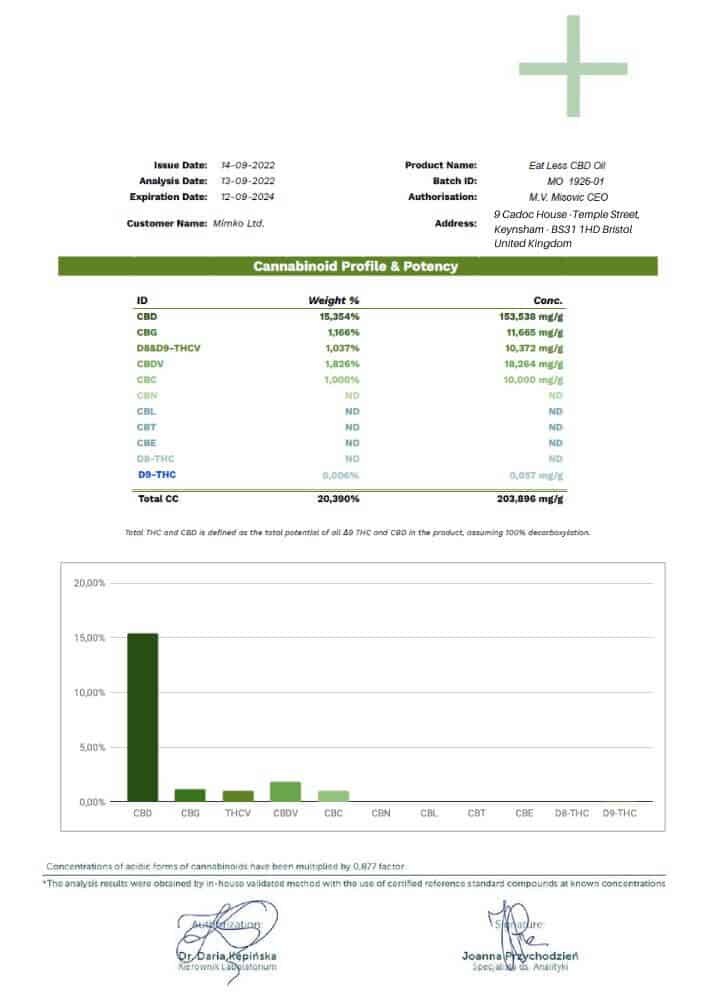
How do you know if you're buying good CBD now that you know what you want? You don't want to settle for CBD that isn't up to par and doesn't meet your needs. The amount of CBD you use should be right. It should also be supported by lab tests that show it is pure and has the right ingredients.
Lab Test Results
Companies with a good reputation will always send samples of each batch of CBD products to a third-party lab. The lab will test each batch to make sure it has the right amount of cannabinoids and look for things like heavy metals or pesticides. They'll put the results in a certificate of analysis and send it back to the brand.
The information on the label should always match the results of these tests. On the page where you can buy a product from the brand, there should be a link to each certificate of analysis. This should give you peace of mind when you buy CBD because you know you're getting exactly what you think you're getting.
The Right CBD Dosage
If a CBD product's price looks too good to be true, it probably is.
The amount in each serving might not be enough to do any good. If the CBD is too watered down, you will have to use twice as much to get the same effects.
For general health, most people start with 25 mg of CBD per day. If you're using CBD for a specific reason, like to help you feel more relaxed during the day or get a better night's sleep, you might want to take 50 mg per day. In this case, you can try taking one 25 mg dose in the morning and another 25 mg dose at night.
If your CBD product has 30 doses of 10 mg of CBD each, you'll probably run out of it very quickly. Most of the time, it's better to spend more on enough CBD than to go through less expensive CBD very quickly.
Thank you for reading about Different types of CBD. If you have any questions we have a team of consultants ready to help. Contact us at [email protected] and we will help and advise you to find the best CBD option for you.
FAQ – Different types of CBD
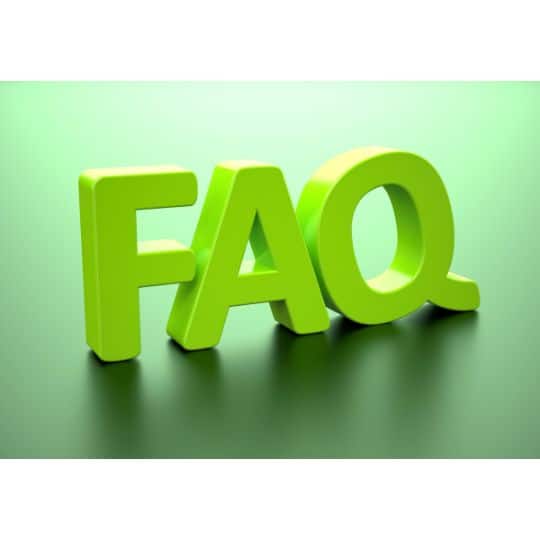
There are three main types of CBD: Full-spectrum CBD, which includes all cannabinoids and terpenes found in the cannabis plant, including up to 0.2% THC; Broad-spectrum CBD, which contains most cannabinoids and terpenes but no THC; and CBD Isolate, which is 99% pure CBD with no other cannabinoids or terpenes
The key difference is THC content. Full-spectrum CBD includes trace amounts of THC (up to 0.2%), while broad-spectrum CBD has all the components of the cannabis plant but without THC. This makes broad-spectrum a great choice for those who want the benefits of the whole plant without the psychoactive effects of THC.
Full-spectrum CBD is legal in places where cannabis is legal for medicinal or recreational use, as it contains THC, albeit in very low quantities (up to 0.3%). However, laws vary greatly by country and even by state within countries, so it's important to check your local laws.
Choosing the right type of CBD depends on your needs and the legal status of cannabis in your area. If you're looking for the full benefits of the cannabis plant and don't mind or desire the inclusion of THC, full-spectrum may be right for you. If you want to avoid THC but still benefit from other cannabinoids and terpenes, broad-spectrum is a good choice. If you're only interested in the effects of CBD itself, an isolate might be the best fit. Always consider consulting with a healthcare professional before starting any new supplement.

I am a certified expert in Medicinal Cannabis. We are all about giving correct and trustworthy information. We know how important it is to learn about CBD and cannabis, which is why we want to be your go-to source for trustworthy information. We help you improve your health by using our knowledge and experience as a starting point.
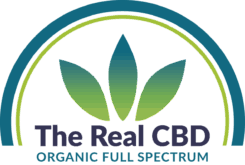
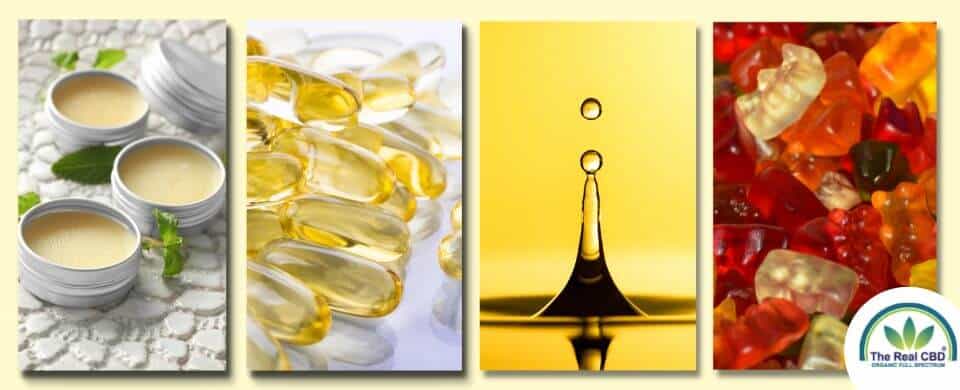
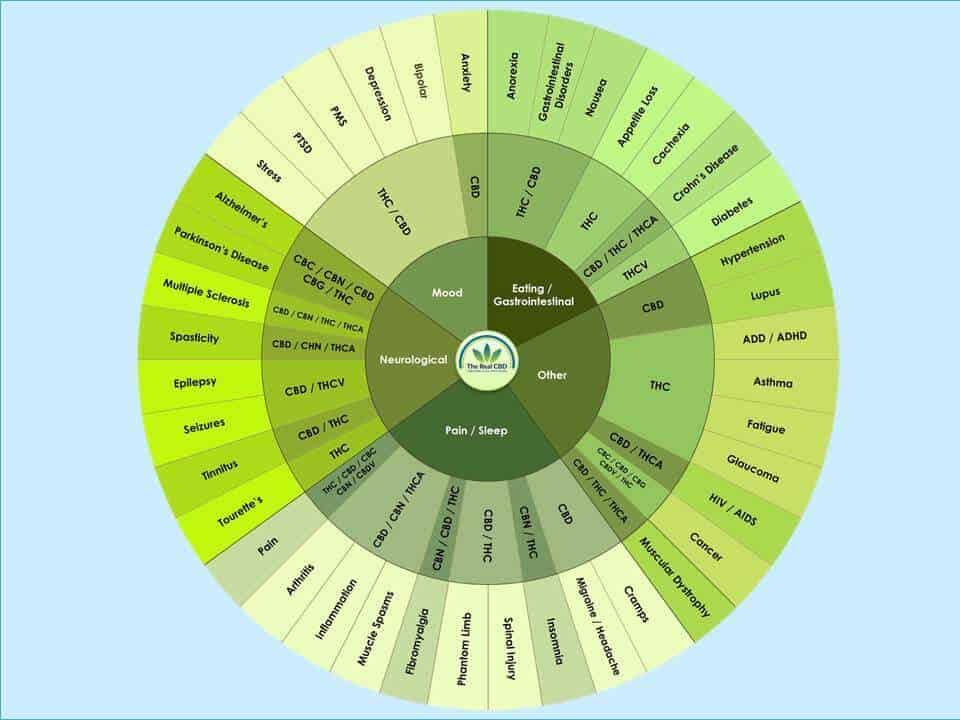
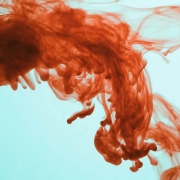
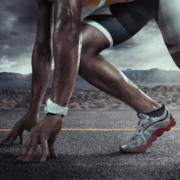
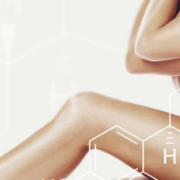
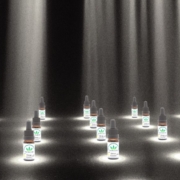

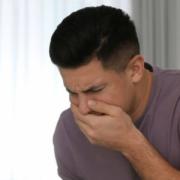
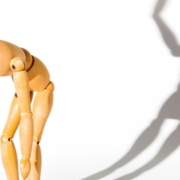
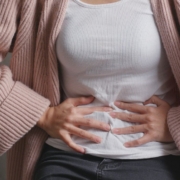
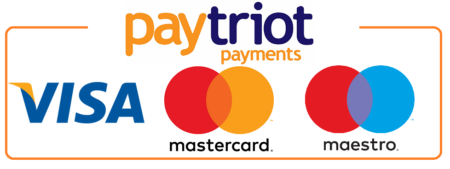


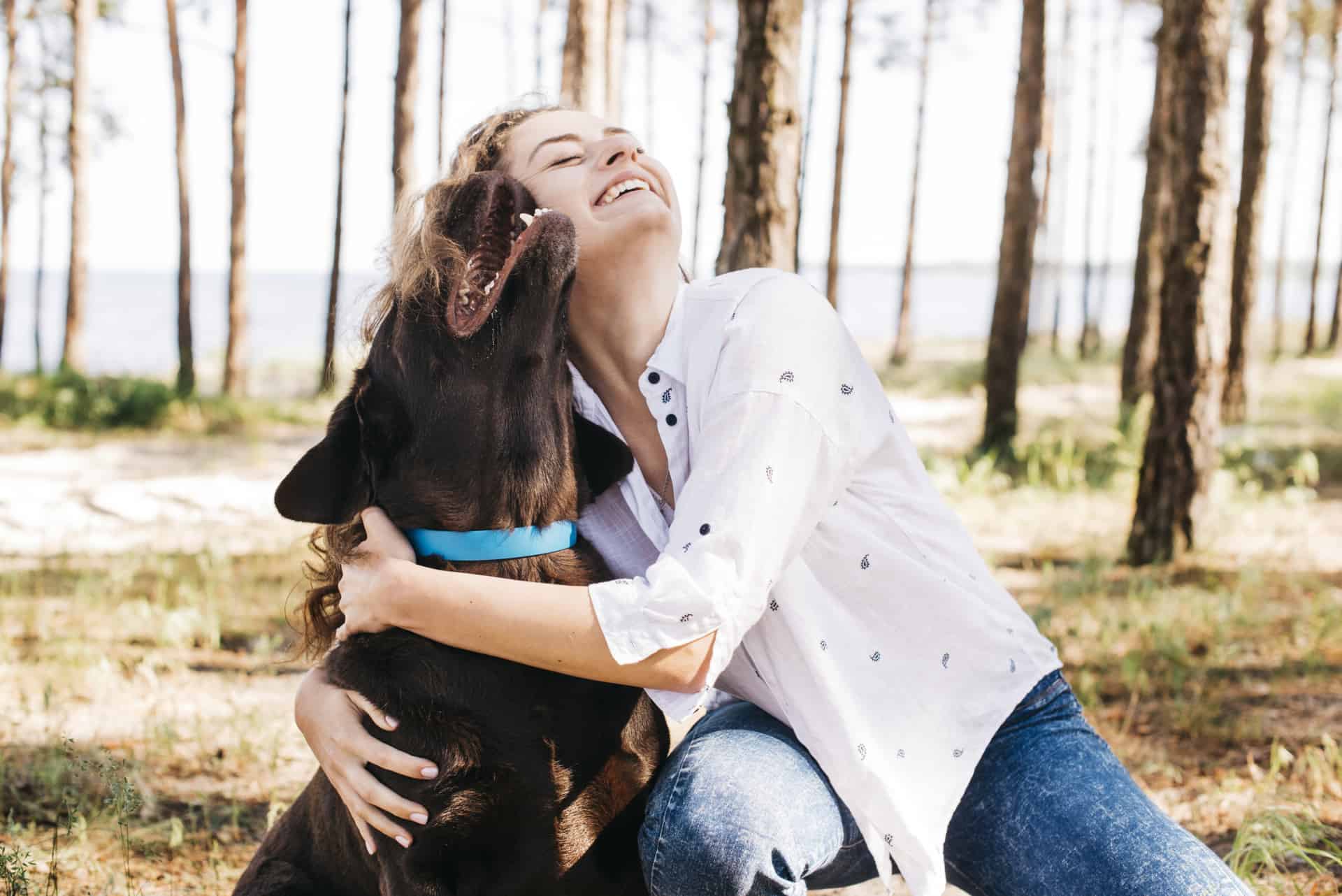
Leave a Reply
Want to join the discussion?Feel free to contribute!